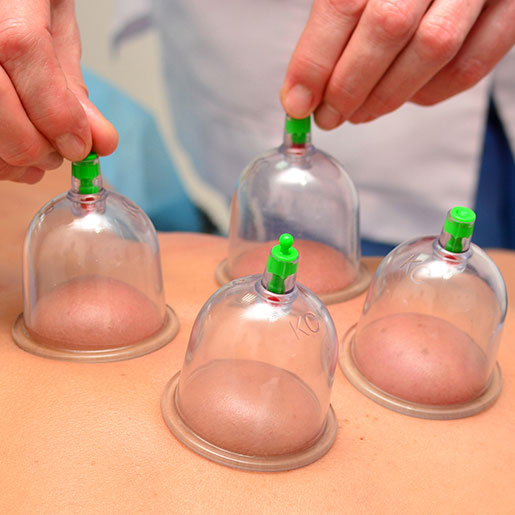Curing strengthens and increases durability of concrete. This process involves maintaining specific temperature and moisture conditions within freshly mixed concrete for extended periods, to provide the best conditions.
Temperature and humidity both have an impactful role to play in concrete curing; low levels of humidity speed drying while high ones slow it down.
1. Strength
Concrete slabs Melbourne gains its strength through hydration, where water and cement chemically bond aggregates together. In order to do this effectively, curing must occur properly and this requires time for curing time to come into effect.
Poor curing of concrete can result in weak structures over time. Therefore, it is crucial that it is done according to schedule.
One way to ensure concrete cures properly is by spraying it regularly with water, as this will keep it hydrated and prevent its evaporation. Ponding also can help by surrounding walls with water to form a pool where concrete will sit. Ponding will also prevent thermal shrinkage cracks while an insulated blanket may keep temperatures constant while increasing strength of concrete.
2. Durability
Few things are as vital to concrete projects as ensuring they take proper curing steps – and yet, these often get neglected or underestimated at sites.
Curing cement helps ensure it hydrates at an appropriate time to achieve maximum strength, while simultaneously helping reduce thermal/plastic shrinkage cracks and enhance surface finish abrasion resistance.
Ponding concrete is the easiest and simplest method for curing it, where a dike is constructed around a slab and filled with water from an enclosed source to form an enclosed pond. Sprinkling, fogging or misting it with water can also help retain moisture loss by keeping concrete damp throughout its curing period. Protecting it with waterproof sheeting also works to stop any loss in moisture through evaporation during its curing period.
3. Weather Resistance
Concrete curing is an integral step in any construction project that directly influences its quality. Curing requires maintaining ideal temperature and moisture conditions at both near surface levels as well as within the concrete. Studies have proven its benefits in improving strength gain, hydration rate, water-tightness, abrasion resistance and volume stability.
As one of the main objectives of curing concrete is avoiding water loss through evaporation, this is particularly crucial when working in cold temperatures where temperatures can stop hydration completely and freeze it into plasticity which significantly lessens its strength potential.
Contractors can employ several strategies to protect concrete from moisture damage, including misting and ponding. Misting involves regularly spraying it with water in order to increase humidity; while ponding involves surrounding it with dikes that contain an ample supply of moisture in order to create an impermeable barrier that keeps a layer of water at the top surface.
4. Water Resistance
Concrete is an extremely thirsty material and needs plenty of water in order to hydrate effectively, otherwise its strength, durability, and water resistance will diminish over time. Without sufficient hydration occurring, strength loss occurs through time as does water resistance issues.
Curing concrete depends on your project and may involve immersion, spraying, fogging or wet covering. Membrane-forming curing compounds are frequently employed to prevent or retard moisture loss directly from concrete surfaces while other products like plastic sheeting or impervious paper may also be utilized for this task.
Ponding concrete is an efficient method of curing it, and is particularly useful in curing large pavements. Ponds containing water are built around them and periodically replenished to prevent loss through evaporation. Hessian, burlap or canvas covers filled with moisture can also be used on projects in rural areas to keep projects dry during curing.
5. Safety
Curing concrete correctly will enhance its aesthetic value and increase its resale value for your home, particularly driveways that will be heavily utilized by vehicles and pedestrians.
Uncured concrete can become crack-prone and chalky over time. This can negatively impact its resale value and be unsightly for homeowners alike.
Curing concrete requires special consideration of temperature and moisture conditions during its first few days of curing, so contractors have turned to construction schedule software as a means of monitoring and controlling this process. When curing in cold weather, heated enclosures with special curing compounds that reduce evaporation speed up strength gain. Other techniques for improvement may include covering it with insulation blankets, fogging systems or sun/wind barriers.

